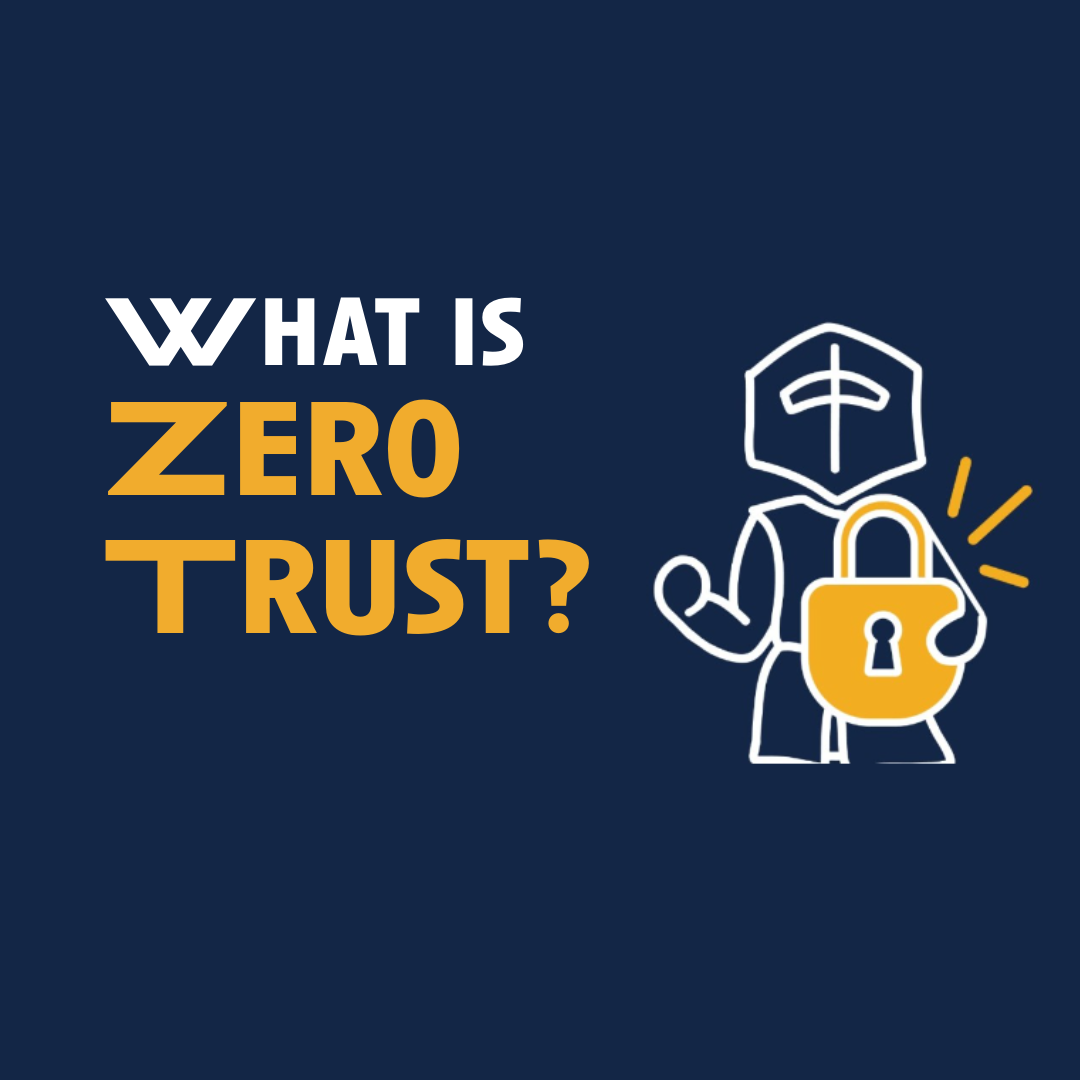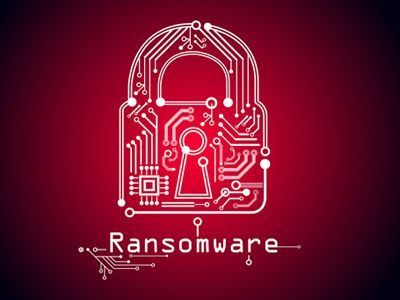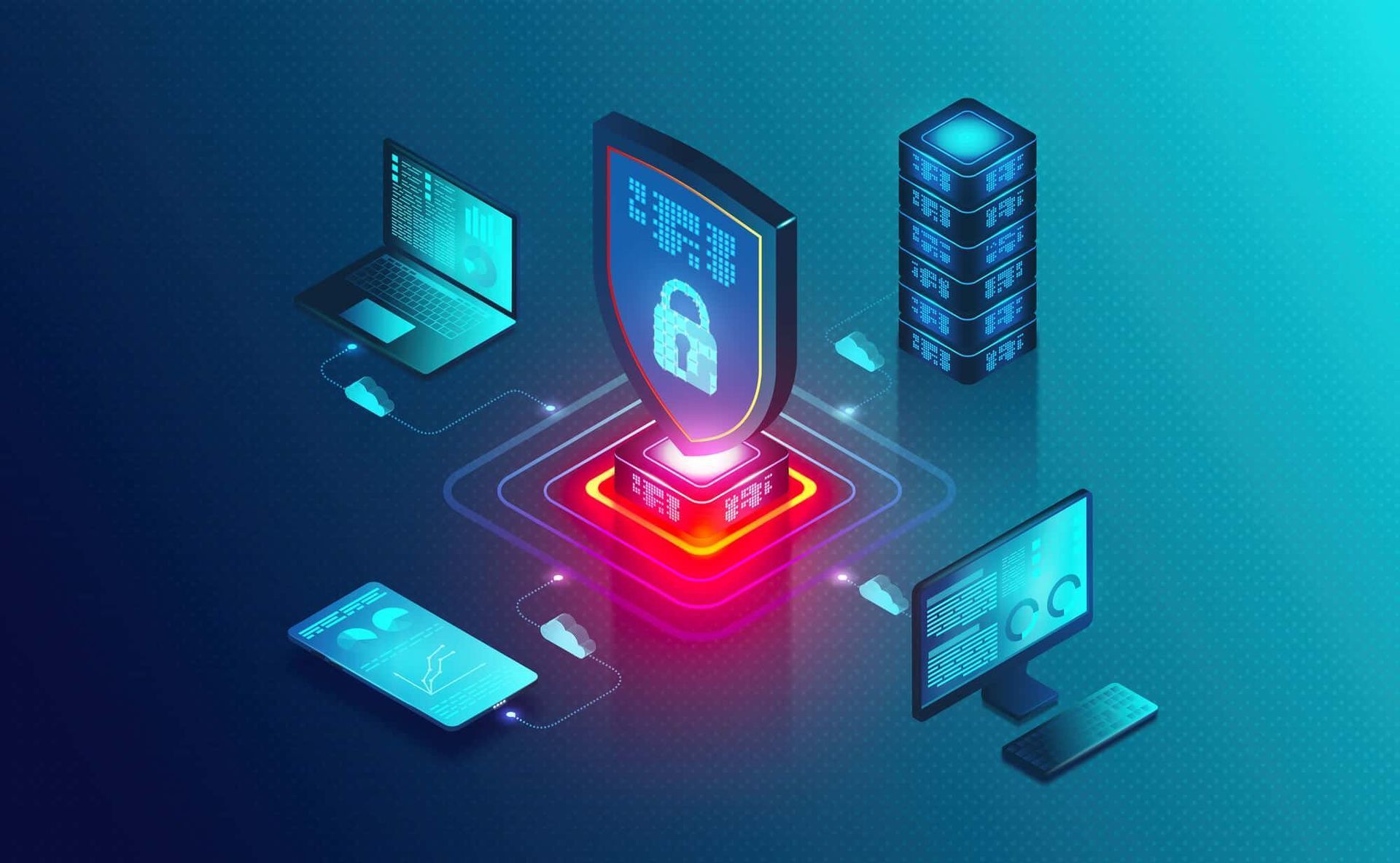Blog Layout
Creating a Culture of Security: The Importance of Awareness Training
In today's digital age, the threats to business security are more pervasive and sophisticated than ever before. Cyber threats can strike any organization, regardless of its size or industry. This reality makes security awareness training a critical component of any robust cybersecurity strategy. In this blog post, we'll explore what security awareness training entails, why it's crucial, and how it can significantly benefit your business.
What is Security Awareness Training?
Security awareness training is a structured program aimed at educating employees and stakeholders about the importance of cybersecurity and data privacy. It involves teaching them to recognize, avoid, and respond to various cyber threats such as phishing, malware, and social engineering attacks. The goal is to enhance security awareness, foster a security-centric culture, and reduce the risks associated with human error in cybersecurity.
Why is Security Awareness Training Important?
1. Prevents Financial Loss
Cyber attacks can be financially devastating for businesses. According to the "Cost of a Data Breach Report 2023" by IBM Security, the average cost of a data breach has soared to $4.45 million. Effective security awareness training can significantly reduce the likelihood of such incidents, thereby saving businesses from crippling financial losses.
2. Minimizes the Risk of Incidents
Verizon's "2023 Data Breach Investigations Report" highlighted that human factors were involved in 74% of data breaches. Training employees to recognize and respond to potential threats can drastically reduce the number of successful attacks. Proper training empowers employees to act as the first line of defense against cyber threats.
3. Reduces Human Error
Human error is often cited as the leading cause of security incidents. Security awareness training equips employees with the knowledge and skills needed to avoid common pitfalls, such as falling for phishing scams or mishandling sensitive information. By reducing human error, businesses can enhance their overall security posture.
4. Cultivates a Cybersecurity Mindset
A well-implemented training program fosters a culture of security within the organization. Employees become more mindful of their actions and their potential impact on security. This mindset shift is crucial for maintaining a secure work environment and ensuring that security practices are ingrained in daily operations.
5. Ensures Compliance
Many industries have stringent regulatory requirements regarding data security and privacy. Security awareness training helps businesses meet these compliance requirements by educating employees on relevant policies and procedures. This not only avoids hefty fines but also builds trust with clients and partners.
6. Protects Against Data Loss and Damage
Training programs teach employees the importance of safeguarding sensitive data. This includes preventing data breaches that could expose personal information, intellectual property, and financial resources. Effective training minimizes the risk of data loss and helps maintain the company's reputation.
Components of an Effective Security Awareness Training Program
To maximize its effectiveness, a security awareness training program should be comprehensive and engaging. Here are some key components:
1. Educational Content
Offer a variety of learning materials, including written documents, interactive online modules, and gamification sessions. This caters to different learning styles and ensures that all employees can access the information in a format that suits them best.
2. Follow-Up and Ongoing Messaging
Regularly remind employees of the company's cybersecurity policies through short refreshers and updates on emerging threats. Consistent communication helps keep security top of mind.
3. Simulated Attack Testing
Conduct phishing simulations and other mock attacks to test employees' responses. This practical approach reinforces training concepts and helps identify areas for improvement.
4. Worker Involvement Reporting and Measurement
Monitor and measure the effectiveness of the training program through assessments and feedback. This helps identify weaknesses and areas that need further attention.
5. Compliance-Specific Requirements
Ensure that training includes specific compliance requirements relevant to the industry. This ensures that employees are aware of and adhere to regulatory standards.
Promoting a Security-Centric Work Culture
Creating a security-centric culture is vital for the long-term success of any cybersecurity strategy. Here are some tips to promote this culture:
Inclusiveness:
Make sure everyone in the organization understands their role in maintaining security.
Regular Training:
Establish routine training initiatives to keep employees informed about the latest threats and best practices.
Communication:
Use various media to keep employees updated on security-related news and incidents.
Incentives:
Recognize and reward employees who demonstrate excellent security practices.
Conclusion
Security awareness training is not just a regulatory requirement—it's a business imperative. By investing in comprehensive and ongoing training programs, businesses can protect themselves against the ever-evolving landscape of cyber threats. This investment not only prevents financial loss and reduces the risk of incidents but also fosters a culture of security that benefits everyone involved. Remember, in the realm of cybersecurity, knowledge truly is power.

November 17, 2024
Learn how a robust firewall protects your business from evolving cyber threats, secures sensitive data, ensures compliance, and supports secure remote work. Explore top solutions like SonicWall, Meraki, FortiGate, and Sophos, and discover how Second Line Technology can tailor firewall security to your unique needs.

November 15, 2024
With Windows 10 reaching its End of Life on October 14, 2025, businesses need to plan for a seamless transition to Windows 11. This post highlights the risks of using unsupported software, the benefits of Windows 11's enhanced security features, and the steps required for a smooth migration. It emphasizes the importance of early planning to avoid disruptions and manage hardware and software compatibility. Learn how Second Line Technology can assist in upgrading to Windows 11, ensuring minimal downtime and keeping your business operations running smoothly.

September 8, 2024
Zero Trust Architecture is essential for defending against advanced cyber threats in today’s dynamic IT environments. By adopting this framework, organizations ensure that every interaction is verified and secure. Partnering with Second Line Technology simplifies this transition, offering expertise in advanced cybersecurity solutions such as multi-factor authentication, network segmentation, and 24/7 threat monitoring. We customize our services to build and maintain a robust Zero Trust framework, protecting your critical assets and minimizing risk.

© 2025 All Rights Reserved | Second Line Technology






